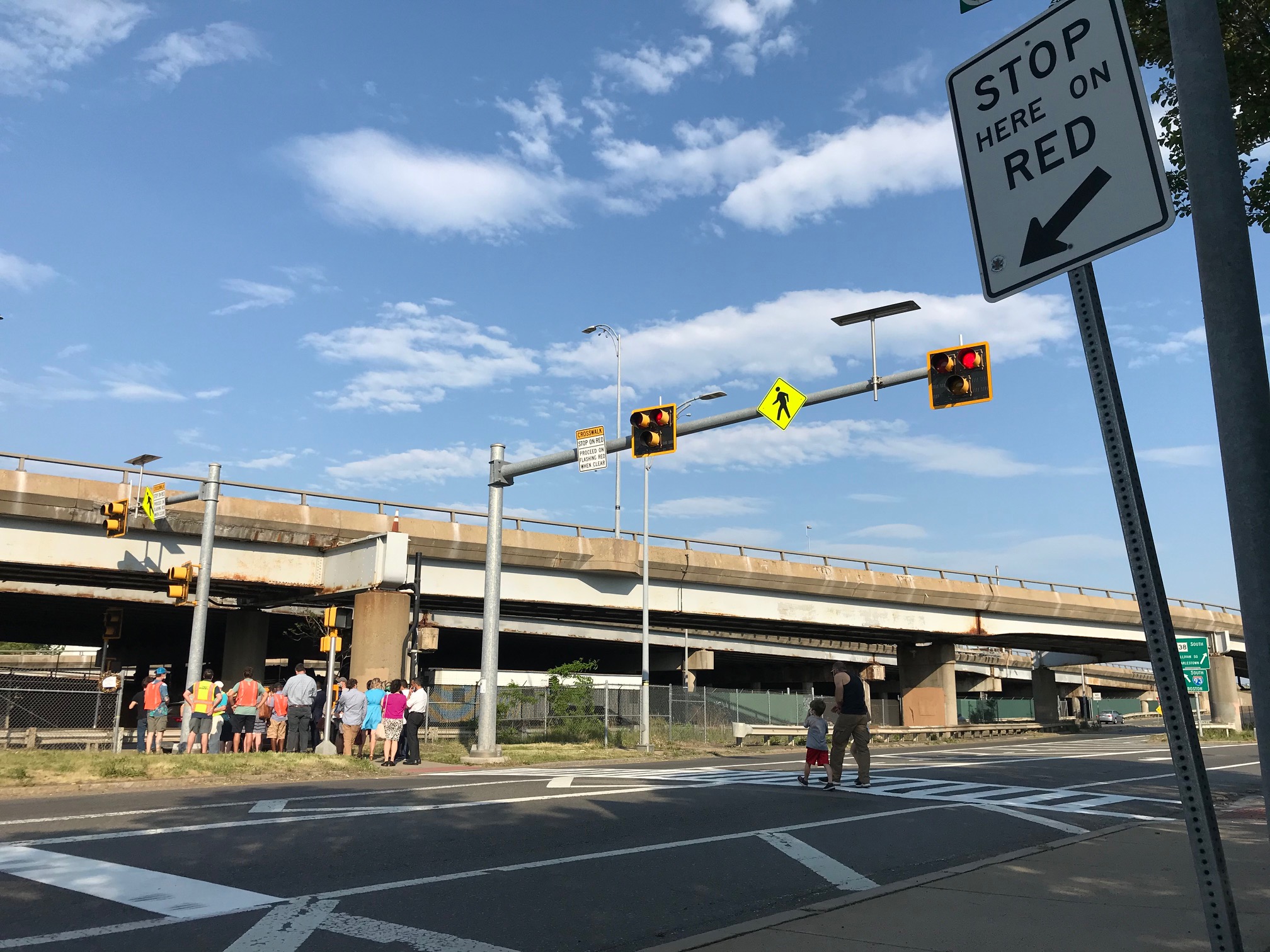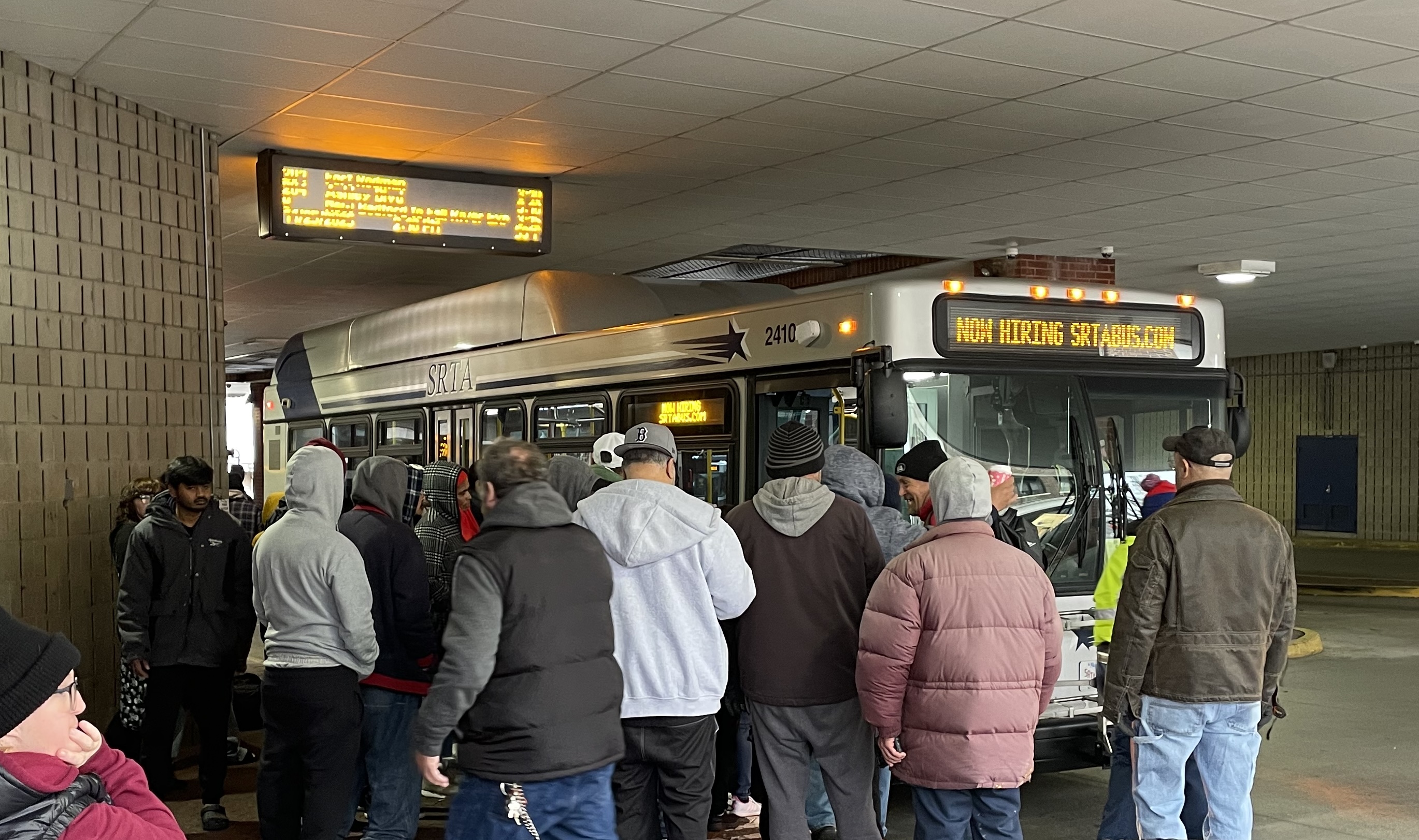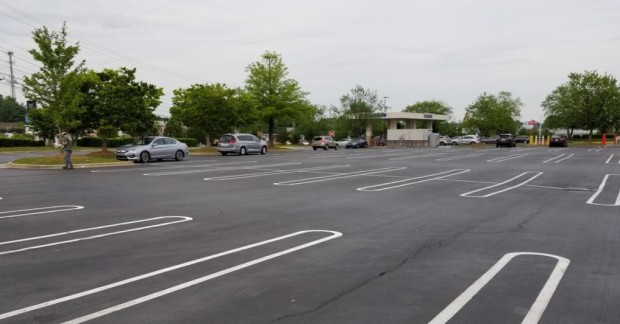
On December 6, the LivableStreets Alliance hosted Massachusetts Secretary of Transportation Jamey Tesler to talk about MassDOT’s efforts to make streets safer for people.
Tesler discussed MassDOT's recent efforts to use construction cones to create better separation of people from cars on the Mass. Ave. Bridge between Boston and Cambridge, a project that was implemented with unusual speed thanks in large part to strong grassroots support from advocates on both sides of the Charles River.
“Tell us where to put the cone. One cone can make a huge difference to safety,” Tesler told the audience.
Tragically, as he was speaking, a motorist struck a pedestrian on Mystic Avenue in Somerville and fled the scene. Consistent with the rampant speeding here, the victim was hospitalized with serious injuries.
Mystic Avenue is a state road under MassDOT’s jurisdiction and, together with MassDOT-controlled McGrath Highway, comprises Somerville’s “Corridor of Death.” It has been the site of three pedestrian deaths in less than two years. Families and children live here, under the shadow, noise, pollution, and danger of I-93 and its deadly ramps. Over 700 crashes have occurred on Somerville’s stretch of Mystic Ave. since 2010, and a similar number on the nearby McGrath Highway.
A driver hits a vulnerable road user here roughly every two months. The December 6 crash occurred at the same crosswalk where another driver killed Kevin Dumont in 2019 in a 2019 hit-and-run crash.
The people of Somerville feel the reverberations of incessant traffic violence. These crashes maim. They end lives. They are grim in their own right, but all the more so because they are preventable. After the last death in April, the Somerville Alliance for Safe Streets (SASS) held a Highway Justice rally and demanded MassDOT improve protections for vulnerable road users.
SASS and the broader Somerville community spoke up at MassDOT’s Capital Investment Meeting and board meeting. SASS and elected officials met with MassDOT officials repeatedly. And in June, MassDOT agreed to several of our demands for traffic calming.
Some changes they made immediately, such as installing a signaled crosswalk at Blakeley Avenue where yet another pedestrian was killed. But at every meeting, SASS reviewed MassDOT’s promises and asked, “Did MassDOT raise the crosswalks at Kensington? Have they intervened to prevent rampant speeding? Did MassDOT finish the work that they agreed was necessary to implement this year to avoid more harm?”
We should have asked: how long can MassDOT delay improvements without serious consequences for the next vulnerable road user? In the Corridor of Death, any delay risks bloodshed. Every week we saw no progress, and then the crash occurred on December 6.
Following the crash, our state elected officials received a project update from MassDOT indicating that the project was well underway but delayed. The plans demonstrate that MassDOT has done the research and understands the traffic calming that's needed on the Corridor of Death.
For our part, we understand that construction can get delayed, but is the best action to do nothing in the interim? Secretary Tesler knows the value of temporary street interventions. As he said, “One cone can make a huge difference.”
To MassDOT, thank you for starting the work, but delays have real costs and you have more options than just asking residents to accept another winter of predictable injuries or death. We ask you to consider immediate interventions. Place some cones right now to slow down drivers. Release speed meter data so we can see the efficacy of existing safety measures.
To legislators and readers, we’re asking you to do all you can to promote safe streets through supporting active bills for automated camera enforcement (H.2426 and S.1545). This problem exists throughout Massachusetts, and 24/7 human enforcement is inequitable and impractical. Rampant speeding and death is a matter of design, infrastructure, and policy. Automated enforcement is an important tool to prevent predictable harm.
Finally, MassDOT, talk to us and our neighbors. Our community was not informed about the delay, nor could we propose any interim mitigating measures. Engage with our community proactively rather than solely when responding to another tragedy.
Secretary Tesler described MassDOT as an agency that listens to communities, takes action quickly, and does not rest while there is more work to be done. That is what our community needs. Let’s work together to immediately slow down drivers and prevent more bloodshed on our streets.






